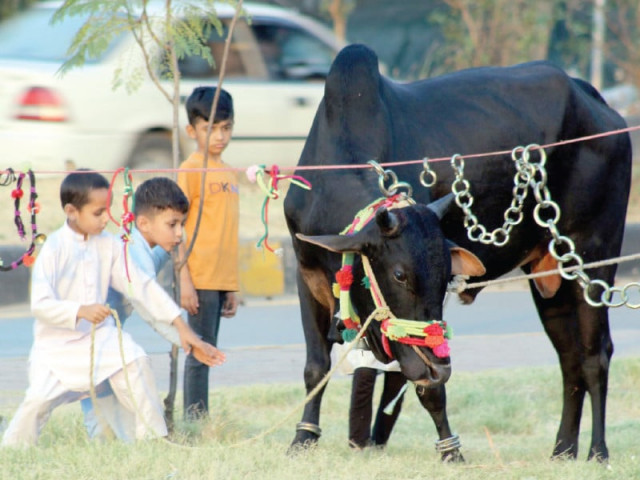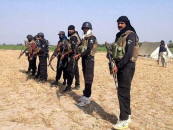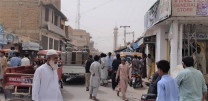Soaring animal prices keep citizens at bay
Many fail to afford Eidul Azha rituals amid skyrocketing inflation

Many citizens could not perform the rituals of Eidul Azha this year due to the exorbitant prices of animals in all cattle markets of the twin cities.
Cattle markets witnessed a severe shortage of customers. Large animals were priced between Rs0.2 million and Rs2 million while goats ranged from Rs40,000 to Rs50,000.
The issue was exacerbated by government agencies awarding contracts worth millions of rupees to contractors, who failed to ensure the collection of fees from traders as per the schedule. These contractors imposed arbitrary charges to maximise their profits, resulting in traders bringing animals to the markets at prices far beyond what the middle class could afford.
While the contractors and contract-awarding bodies profited, the citizens suffered. Adding to the frustration, the hide of a bull worth Rs0.5 million was sold at a meagre Rs700 to Rs1,100, and the hide of a goat worth Rs150,000 was sold at Rs200 to Rs300.
Details reveal that this year, unlike last year, the arrival of animals in all major and minor cattle markets, including Bhata Ground, I-15, Khayaban-e-Sirsyed, Chakri Mohra Chapar, Chak Bailey Road, Rawat, and Khanna Pul, started ten days before Eid. However, traders deliberately brought fewer reasonably priced animals to the markets.
Instead, the markets saw more bulls priced between Rs0.3 million to Rs0.35 million and Rs0.5 to Rs0.7 million and goats priced between Rs70,000 to Rs120,000.
Government agencies, by awarding contracts, left vendors at the mercy of contractors. As a result, traders were charged three times more than the fixed price per animal and heavily for the space allotted to their animals. Vehicles bringing the animals were also charged arbitrary entry fees. These costs were added to the price of the animals, making them unaffordable for many citizens. Consequently, buyers searching for animals within their budget roamed the markets in vain.
In smaller markets, villagers brought cows, young bulls, and older animals from their homes to sell.
The district administration and contract-awarding bodies failed to enforce their rules and regulations in any cattle market. As a result, many citizens who had saved throughout the year to buy a sacrificial animal found themselves unable to make a purchase. On the night before Eid, many traders left Bhata Ground and I-15 cattle markets with their unsold animals, while smaller markets were emptied.



















COMMENTS
Comments are moderated and generally will be posted if they are on-topic and not abusive.
For more information, please see our Comments FAQ